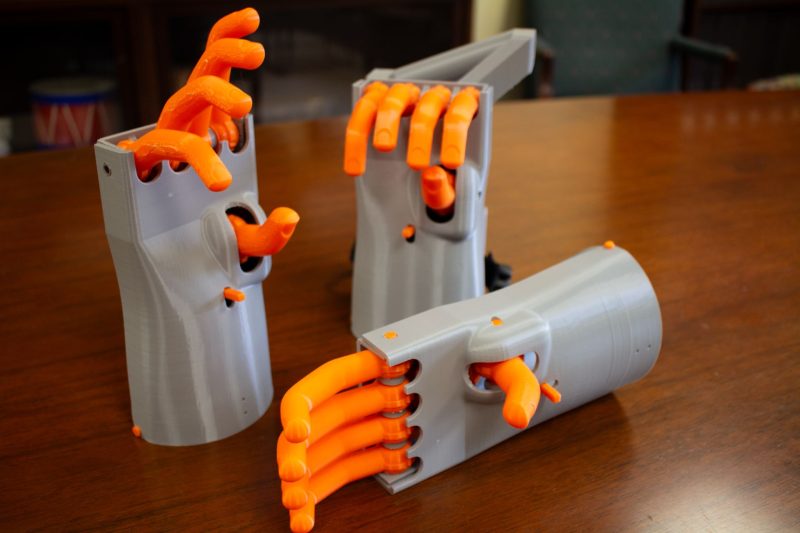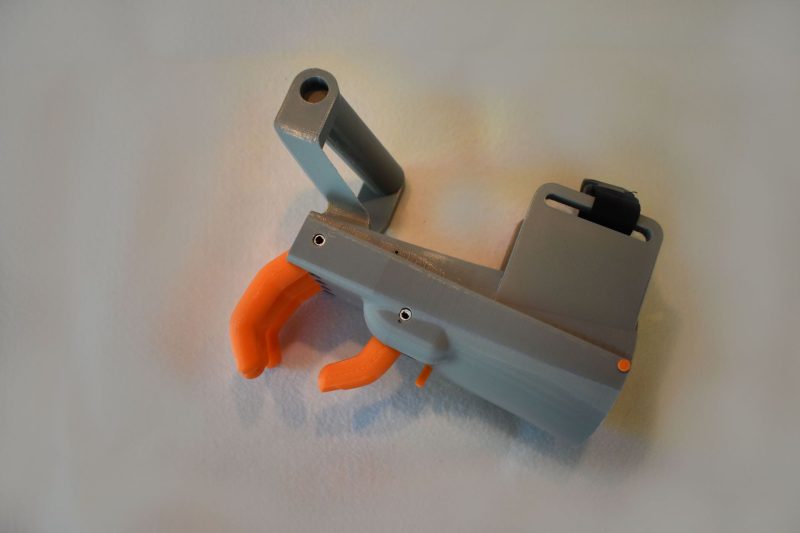Researchers at Auburn University are using 3D printing technology to recreate Renaissance-era prosthetic devices, providing new insights into historical amputee experiences. The interdisciplinary team of historians and engineers has focused on the Kassel Hand, a 16th-century German prosthetic that is one of approximately 35 known mechanical hands from Renaissance Europe.

The team developed 3D-printed models using PLA to make the 500-year-old artifact accessible to researchers and the public. Computer-aided design software helped reconstruct the internal mechanisms of the original iron prosthesis, allowing scholars to understand how these devices functioned. The models enable physical testing of activities that historical prosthetic users could have performed.
During initial public demonstrations, the research team encountered an unexpected challenge when the main release lever repeatedly broke on their models. The lever, which features a triangular plate connected to a thin rod that releases locked fingers, snapped when handled by general audiences despite surviving rigorous laboratory testing that included lifting 20-pound objects.

The engineering team determined that users were pulling the trigger mechanism too far and too quickly, causing the plastic components to fail. They modified the design by shortening the opening around the release trigger to limit user movement, which also improved the model’s historical accuracy. The historians created instructional videos to teach proper operation techniques.
After implementing these changes, the team successfully demonstrated four modified models to a college class without any mechanical failures. The project was subsequently launched to the public with downloadable files for consumer-grade 3D printers. The experience highlighted that both historical and modern prosthetic users must learn proper techniques through practice to effectively operate their devices.
Source: theconversation.com

